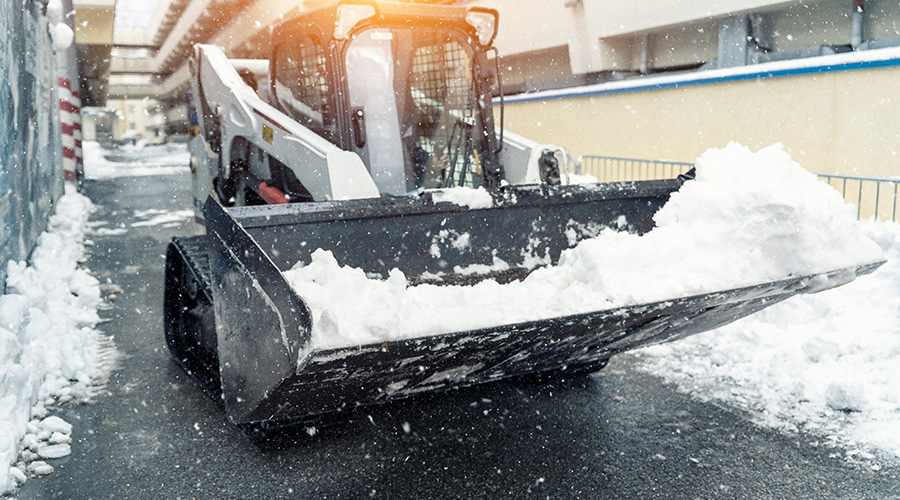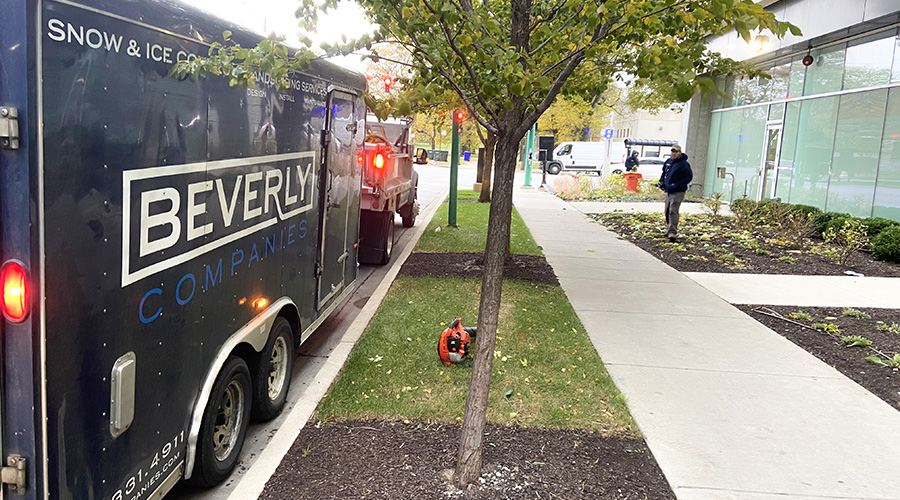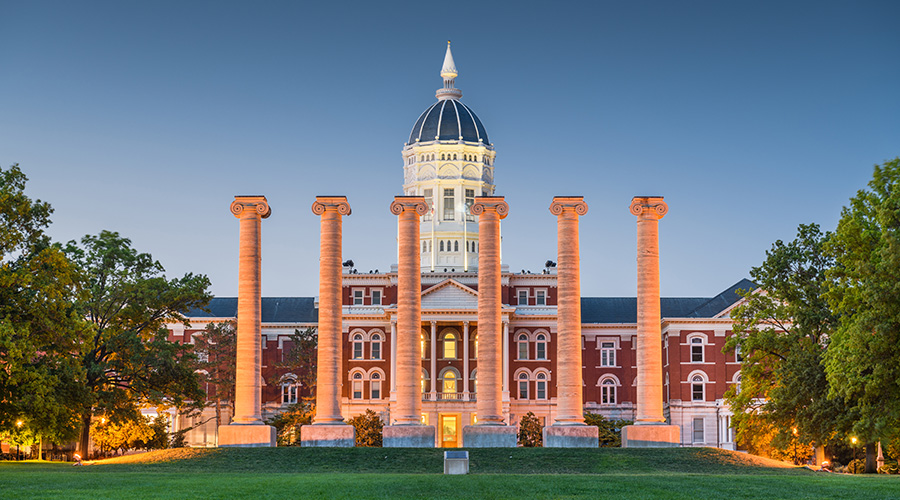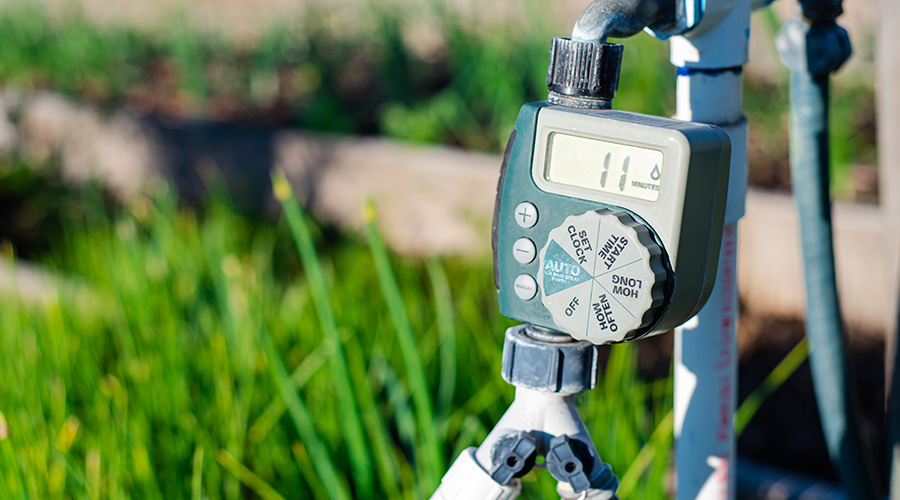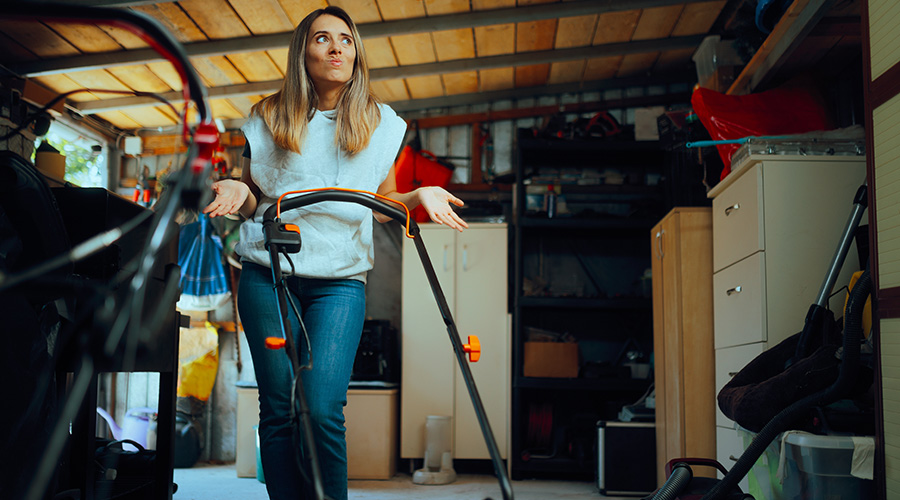Alaska Schools Prepare for Upcoming Winter
Juneau, Alaska, receives 93.6 inches of snow annually, creating monumental challenges for the city’s school district.
By Dan Hounsell, Senior Editor?
There is snow and ice management. Then there is snow and ice management in Juneau, Alaska.
The capital of the 49th U.S. state gets 93.6 inches of snow annually, according to The Old Farmer’s Almanac, making it the third snowiest U.S. city. The most snow the city ever received in one calendar year is 212.1 inches in 1994, according to the National Oceanic and Atmospheric Administration.
Keeping paved surfaces clear is a tough task for Juneau’s 32,000 residents, but the city’s school district faces an even greater challenge in ensuring students and staff can use roads, sidewalks and parking lots to get into and out of school parking lots safely in the midst of so much snow.
Preparation and planning
For Mark Ibias, facilities and maintenance supervisor with the Juneau School District, dealing with the city's massive annual snowfall is a matter of timing.
"One of the biggest challenges is, 'Are we going to be ready in time?’” Ibias says. “Normally, we count on Halloween as our start date. That's usually when the snow starts to fly. But there have been times when we have been surprised, and then we're digging out our plows to get the guys on the trucks. The biggest challenge is just being prepared.”
The nine-school district — six elementary schools, one middle school, one high school and one alternative program facility — hosts about 4,000 students and 660 staff.
Ensuring families, staff and students can access district schools when needed is the responsibility of the district’s maintenance and operations staff. The maintenance side includes 11 employees, including nine maintenance technicians, while the operations side includes 31 custodians.
“The custodians do mainly all of the snow removal on the sidewalks,” Ibias says. “Whatever we can't hop up onto the sidewalks and plow, they take care of. Basically, all of my techs plow, and everybody is assigned a school. For the bigger schools with the bigger lots, everybody converges after they're done with their schools and helps with those lots.”
To carry out snowplowing duties, Ibias and his team use a fleet of 13 large, heavy-duty pickup trucks and three utility vehicles. On occasion, the department has needed extra equipment to handle massive amounts of snow.
“If we have to haul snow, which we've had to do, we'll rent a loader and have somebody haul it away,” Ibias says. “We had to do that in the last couple years, and I'm hoping that is not going to be an annual thing.”
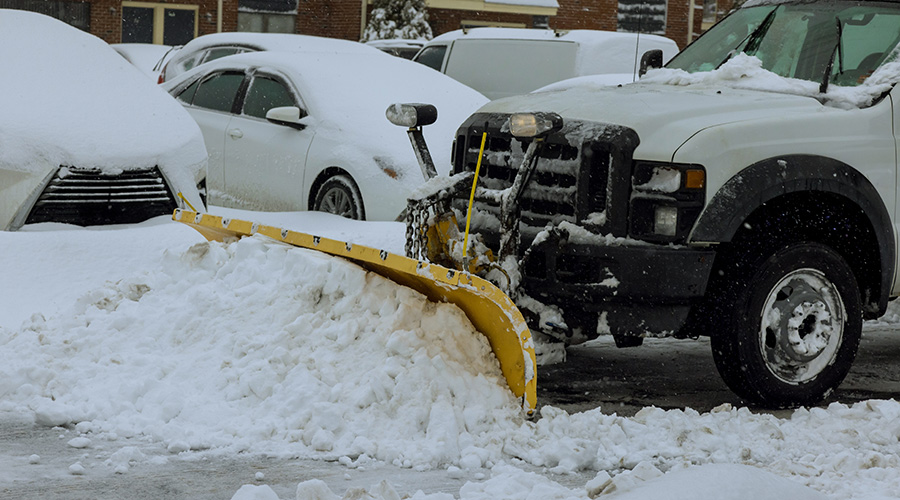
Eyes on equipment
The department also equips some of the trucks with 250- and 500-gallon tanks of brine to help paved surfaces stay as clean as possible before and during snowstorms.
“If we're supposed to get a large accumulation of snow, we will definitely pretreat surfaces,” Ibias says. “It helps so much to peel that stuff up to where we don't end up with an icy surface where we have to sand. We've been doing that for probably about five years. We get excellent results.”
Using brine instead of sand and gravel to handle snow and ice on paved surfaces has been a successful strategy for the department.
“Pretreating does make a huge difference,” Ibias says. “We have two sanders, but we don't sand as much unless we get caught off guard and we're not able to pretreat. The cleanup in the spring is nice, not having to clean up all the gravel. That was always a lot of extra time and overtime to clean up all that gravel."
The sheer volume of snow Juneau receives annually means inspection and maintenance is critical for the department’s snow removal equipment, but Ibias says one all-too-common feature of parking lots also adds to the department’s equipment maintenance demands:
“All the little islands that the architects think need to be in there to make everything look good. I would love to see it if it was just wide-open parking spots. We have all these little swales, all these little peninsulas that we’ve got to go around. I can think of one school where there are islands throughout every little parking area. When there's lots of snow, you find them.”
The department already is beginning equipment inspections in preparation for the upcoming winter weather.
"We obviously check all the frames,” he says. “We take our trucks and get an alignment. We inspect all of the framework, all the plows, lighting, harnesses, hoses, pumps. We basically try to make them new again, which can never happen.”
The wear and tear on equipment can be challenging.
“Throughout the season, of course, you're going to have issues,” he says. “We have to go out at night, or I should say early morning, and it's always dark. We always find those little islands (in lots) that we forget about when we're thinking about clearing a big path.”
Beyond the equipment challenges of snow removal, the department also must ensure that equipment operators are familiar with the terrain each school presents.
"Google Earth is a friend of ours,” Ibias says. “We take photos and overview the layout of the school. For the most part, our guys have been here long enough, and they're familiar with all of the schools. Each guy is assigned a school, but we rotate that throughout each season so everybody is familiar with the schools.”
Complicating snow removal duties is the presence of city residents also starting their days.
“We're out there at 3:30 in the morning, and we're tired,” Ibias says. “We give (equipment operators) reminders about being alert because we have dog walkers and other walkers that are out early in the morning, too. They love to walk through our parking lots because they're clear.”
Staff training and preparation for snow removal also includes finding appropriate locations to pile up massive amounts of snow.
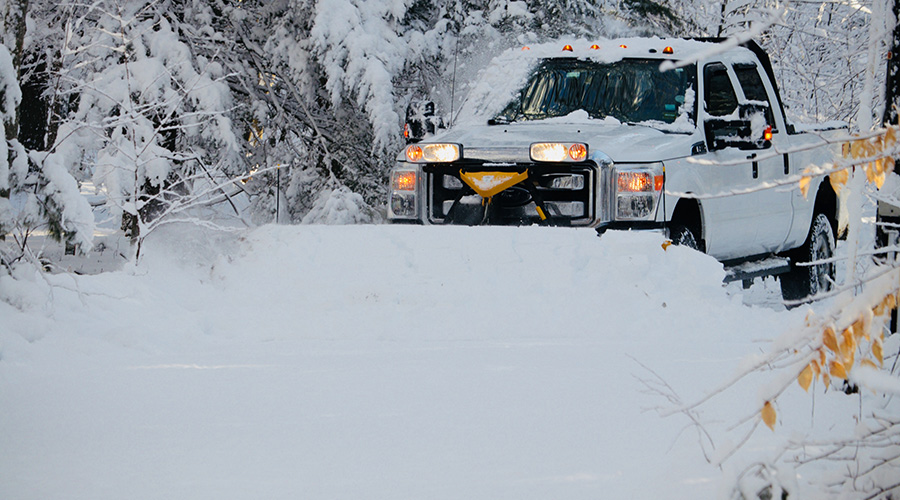
“We have to be careful where we stack the snow and where it needs to be stacked so we're not closing off fire entrances and exits,” he says. “That stuff is always part of the plan when we go through our yearly winter weather walkthrough. When we have new employees, we put them in schools (with areas) that are open and easy to learn how to plow so they get the feel of what it's like.
Putting plans into action
January 2024 was officially Juneau’s snowiest January on record, with 76.8 inches of snow recorded at Juneau International Airport. Much of the snow came from two storms lasting for days. The first storm dropped 33.1 inches, while the second, which happened just a week later, dropped 31.2 inches.
To handle a run-of-the-mill snowstorm, the Juneau School District maintenance and operations team uses a standard approach.
"Our lead is basically the lead of the plow crew, and he calls the shots,” Ibias says. “He's the forecaster. He's the weatherman. If we are going to be called out at 4 in the morning, most of the guys love to be notified early. If they need to go out at 4 a.m., then the night before, he'll make that call.”
But in the face of a large snowstorm, Ibias says snowplow operators tailor their approach to snow removal.
“We usually don't go in and plow if school is in session,” he says. “We will keep the entrances and exits cleared. But we leave the parking lots, the bus lanes and all that because it's just not safe during the day when you know there are people and kids running around. You think you can make one swipe to clear everything, but you can't, and it ends up making a bigger mess.
"We try to clear as much as we can for the start of school, but once school starts, we're just keeping the lanes cleared as best we can. We usually don't make big swipes during the day when we know there's people around.”
The length of such snowstorms and the amount of snow they leave behind takes a physical and mental toll on the entire department.
“They’re long days,” Ibias says. “I'm thinking of those storms, they were three days. That's when we had rented a loader, and we were hitting each school to stack that snow as high as we could and back as far as we could. Guys were tired and grumpy, and I was one of them.
“We do everything from HVAC to electrical. We do all the maintenance throughout the schools, and that's on top of the snowplowing. Later in the season, it gets to the point where overtime is just not worth it, and sleep is. I look at my guys, and if they're just dragging, I tell them to go home. It's not safe.”
Dan Hounsell is senior editor for the facilities market. He has more than 30 years of experience writing about facilities maintenance, engineering and management.
Related Topics:








